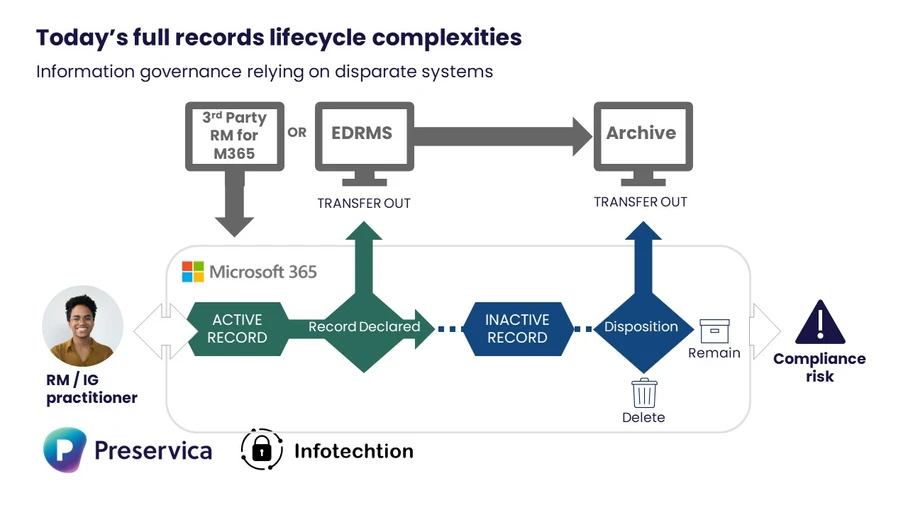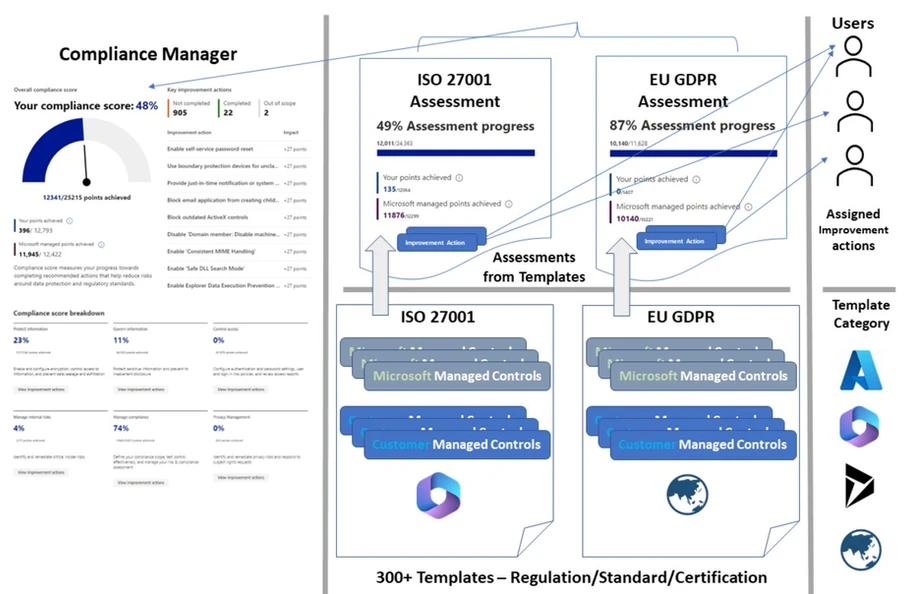Discover and manage shadow IT with App governance add-on to Microsoft 365 Defender for Cloud Apps

![]()
When IT admins are asked how many cloud apps they think their employees use, on average they say 30 or 40, when in reality, the average (in large enterprises) is over 1,000 separate apps being used by employees in your organization. Shadow IT helps you know and identify which apps are being used and what […]
Internship at Infotechtion – learning from the experts!

![]()
Diana Suris, HR and Marketing specialist at Infotechtion who looks after corporate culture and happiness sat down for an interview with Taha Fanaswala.
10 Key Adoption Metrics to track in SharePoint

![]()
SharePoint is a powerful tool that allows organizations to share, manage, and collaborate on content.
What are Information Barriers in Microsoft Purview and how to make them work

![]()
According to Microsoft: “Microsoft Purview Information Barriers (IB) is a compliance solution that allows you to restrict two-way communication and collaboration between groups and users in Microsoft Teams, SharePoint, and OneDrive.”
Microsoft Teams Recording Management – A Point of View

![]()
Written by Peter Rahalski, M365 Information Governance Architect andnVivek Bhatt, Chief Technology Officern Microsoft Teams Recording – Overview Microsoft Teams recordings are a feature of the Microsoft Teams collaboration platform that allows users to capture and save audio, video, and screen-sharing content from Teams meetings and calls. These recordings can be useful for a […]
Optimizing Document Lifecycle in SharePoint

![]()
From the moment a document is created to its eventual disposition, it goes through a series of stages that can be both exciting and challenging. But fear not, Infotechtion is here to guide you through all the steps of document lifecycle process in SharePoint. In this blog post we’ll take you on a journey from […]
Common misconceptions about Microsoft Purview Compliance Manager

![]()
Microsoft Purview Compliance Manager is a cloud-based compliance management solution that provides a unified view of compliance across multiple data sources, enabling organisations to identify and prioritize compliance risks, establish controls to address them, and monitor compliance over time. In compliance manager, the compliance is tracked by addressing the ‘improvement actions’ which are generated by […]
Client Project Management – Lessons From The Field

![]()
Information and Knowledge Management Projects are 30% technology implementation, 70% people, process and changes to ways of working. Organisations exploring the suite of collaboration tools provided by Microsoft through M365 for the Modern Workplace, require a project manager experienced in adapting traditional project management into the new era. Have your projects struggled to get to […]
Customize what happens at the end of the retention period using Power Automate

![]()
When you configure a ,retention label in MS Purview to retain items for a specific period, you specify what action to take at the end of that retention period. You can choose from the built-in actions, like permanently deleting the item, relabelling the item, deactivating the label, etc., but many administrators get somewhat challenged […]
Insider Risk, data exposure jeopardy!

![]()
Insider risk refers to the potential for employees or other insiders to misuse or mishandle sensitive data within an organization. This can include actions such as stealing data, sharing confidential information with unauthorized parties, or intentionally or unintentionally compromising data security.Insider risk can occur in a variety of forms, including: Microsoft Azure Purview is […]

